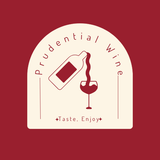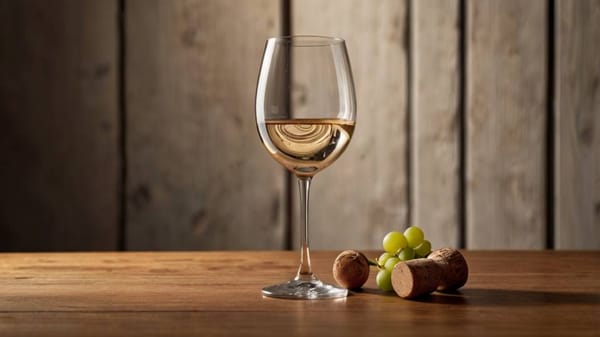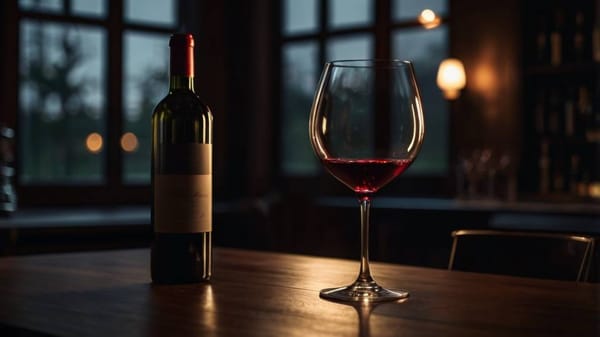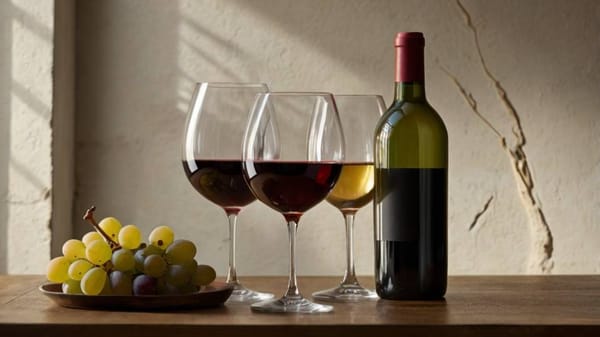What Makes a Wine “Balanced” — Explained Without Jargon
Learn how to recognize balance in wine—the key to better tasting, pairing, and collecting—without jargon or overwhelming detail.
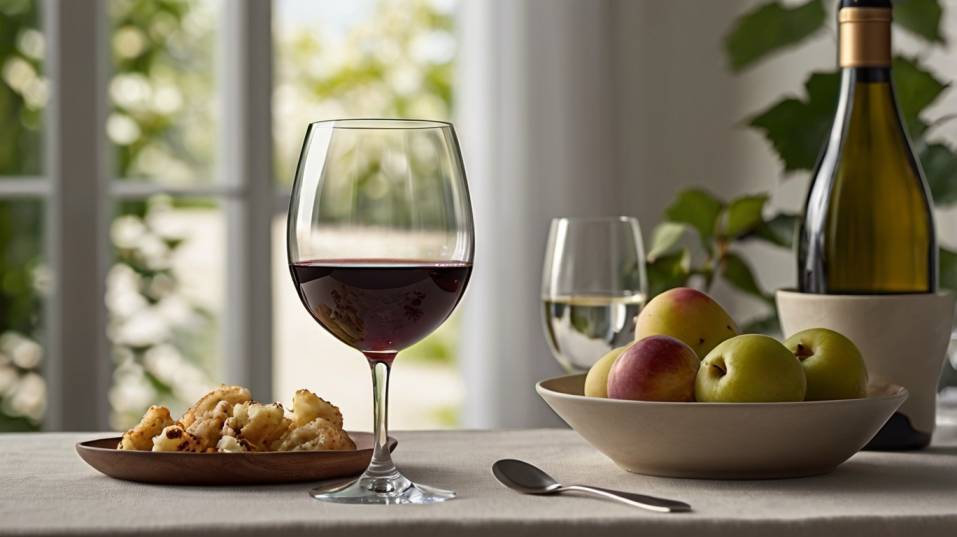
What makes one wine sing while another just sits there? The answer is balance—the quiet magic that makes a bottle feel complete.
Even if you’re early in your wine journey, you’ve likely sensed it without knowing the name. It’s not about prestige or price.
It’s about how all the elements—acidity, sweetness, tannin, and more—come together. Learn to spot balance, and you’ll start tasting with purpose, not guesswork. This is where wine becomes unforgettable.
Balance Is the Backbone of a Great Wine
Let’s strip it down. Wine has a few essential building blocks: acidity, sweetness, alcohol, tannin, and body. Some wines also bring in oak or bubbles, but those are accents. The basics stay the same.
Balance means those elements are in proportion. No one piece should overwhelm the others. When acidity is too high, the wine can taste harsh or sour.
When alcohol sticks out, the wine burns on the finish. Too much tannin, and it dries out your mouth before the flavors even register. Too much sugar, and it can feel syrupy or flat.
In a balanced wine, none of these things jump out—they support each other. Acidity lifts fruit. Tannin adds grip to richness. Alcohol provides warmth but never heat. Sweetness brings roundness, not weight.
When it works, you don’t think about the parts—you just taste the whole. That’s what makes you want another sip.
You don’t need a wine degree to sense this. Even without knowing why, your palate recognizes when something feels right. Balanced wines make it easy to pay attention because they don’t push or pull in awkward directions.
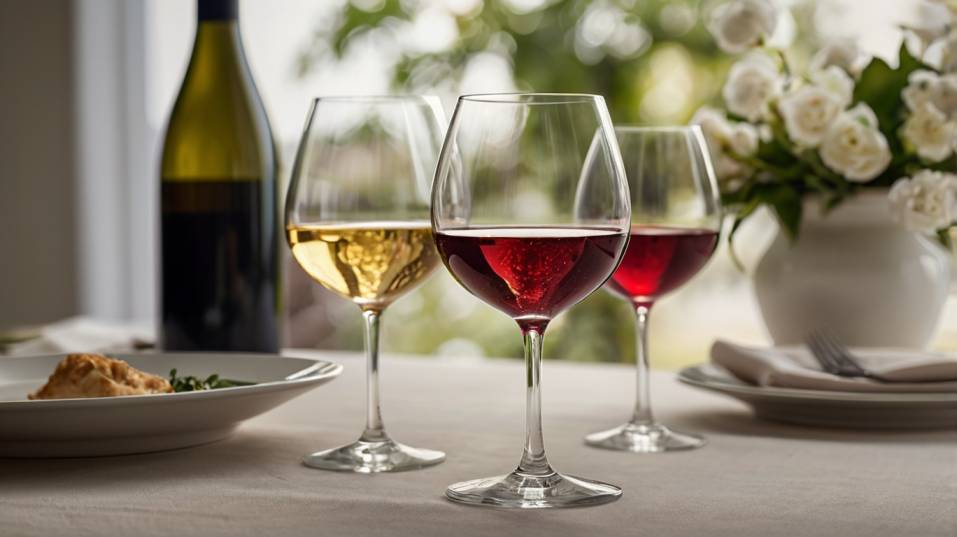
Taste With More Intention, Not More Rules
If you want to get better at spotting balance, start by tasting slower. Give the wine time to open up on your palate—not just in the glass. Ask yourself: how does it start? How does it move? And how does it finish?
How to Notice Flow and Feel
Balance is often revealed in that middle part. A wine might hit you with bright fruit up front, but if it collapses or disappears quickly, something’s off.
A balanced wine moves fluidly. It shifts gears without jerking. One element fades just as the next comes in. It’s a flow, not a list of flavors.
Temperature and glassware matter less than attention. The more you practice tasting this way, the more instinctive it becomes. You’ll start catching details like:
- A Sauvignon Blanc that finishes too sharp, even if it smells great.
- A Merlot that’s soft and fruity, but falls flat without enough structure.
- A Chardonnay that holds its weight with a spark of acidity that keeps it refreshing.
You’ll also notice how your personal preferences fit into the picture. You might love high-acid wines, or lean toward lush reds. That’s fine.
But balance doesn’t mean bland—it means well-integrated. Even powerful wines can feel seamless if the parts are aligned.
How Food Reveals What the Wine Is Really Doing
One of the easiest ways to understand balance is to put wine next to food. The right pairing makes a wine’s structure more obvious. A wine that seems sharp on its own might come alive with a creamy dish. A tannic red may soften against a juicy steak.
Why Balanced Wines Pair Better
Balanced wines tend to be more versatile. They don’t overpower the meal, but they don’t disappear either. They engage.
A dry Riesling might cut through oily fish and still leave the fruit intact. A structured red might handle spice without falling apart. In both cases, the wine doesn’t need to “match” the dish in flavor—it needs to hold its own in feel.
Try this: take a sip of wine before food, then again after a few bites. Notice what shifts. If the wine still feels coherent—if the flavors are still there, if the finish is still clean—it’s probably well-balanced.
This approach doesn’t just improve your pairings. It teaches you how wine behaves in different contexts. The more you notice that, the more control you have over your choices.
Behind the Bottle: Why Balance Isn’t an Accident
Balance might taste effortless, but it rarely happens by chance. It starts in the vineyard—with how ripe the grapes get, how much sugar and acidity they develop, how the weather affects the growing season.
Harvesting even a few days early or late can tilt the entire profile. Then there’s the winemaking. Decisions about fermentation, aging, blending—all of it shapes how the elements settle.
Too much time in oak can smother the fruit. Too little can leave a wine feeling hollow. Pushing for extraction can bring power, but also risk imbalance if the tannins aren’t managed carefully.
You don’t need to memorize the chemistry. But knowing that balance is crafted—not assumed—helps you approach wine with a clearer lens.
It’s not just about the grape or the region. It’s about the skill and restraint behind it. That’s why two wines made from the same grape in the same place can feel completely different.
When you taste widely, and really pay attention, you’ll start to trust your palate more than the label. And that’s where confidence begins.
Final Thoughts
Balanced wine doesn’t demand your attention—it earns it. It leaves room for reflection, conversation, food, even silence. It lingers without dragging. It builds, but never overwhelms.
If you want to taste smarter, start here. Focus less on flavor notes, more on how a wine carries itself. Ask: does anything stick out? Or does it all feel like one complete thought?
Here’s your challenge: open something new this week—not because someone recommended it, but because you want to understand it. Pour a glass. Taste it slowly. Let it move. Feel what’s working. Notice what’s not.
You don’t have to name the exact acid level or guess the oak treatment. Just learn to recognize when a wine feels whole. Because once you start tuning into balance, you won’t settle for less—and your taste will never plateau.
